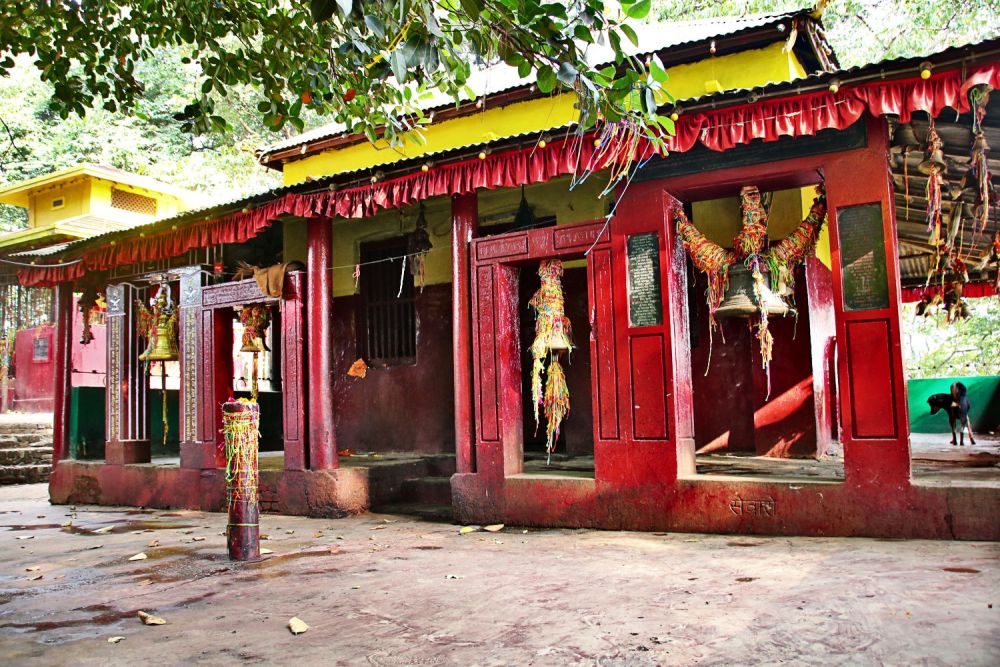

The Buddha Subba Temple, located in the picturesque city of Dharan in eastern Nepal, is steeped in myths and legends that contribute to its mystical charm. It is a sacred pilgrimage site for both Hindus and Kirats (an indigenous ethnic group of Nepal). Although the exact date of the temple's establishment remains uncertain, the shrine is believed to have ancient origins linked to the Kirat period, which predates the 7th century.
The temple is named after Buddha Subba, a deity revered by the ethnic Kirat people. According to folklore, Buddha Subba was originally a hunter who became enlightened and was buried in the spot where the temple stands today. Over the years, the site has evolved into a significant religious destination, attracting pilgrims and visitors from various parts of Nepal and neighboring regions.
The Bamboo Trees and Bells: A unique feature of the temple is the bamboo forest that surrounds it, significant in local belief as it is said to never produce shoots. Another distinctive characteristic is the tradition of tying bells to the temple's branches by devotees. It is customary for visitors to tie a bell and make a wish, with the belief that it will come true. These practices reflect the deep cultural and spiritual connections the local population has with the temple.
Originally a site visited mostly by local devotees, the Buddha Subba Temple has seen gradual development into a popular tourist destination. Efforts by the Nepalese government and local communities have aimed to improve infrastructure such as roads, accommodations, and other facilities to accommodate the increasing number of visitors.
Religious Festivals: The temple hosts several annual festivals that have become a draw for tourists, including the colorful celebrations of Ram Navami and Chaite Dashain. During these times, the temple complex becomes a vibrant hub of religious activity, showcasing the rich tapestry of Nepalese culture.
Over the years, tourism at the site has been promoted through cultural programs and by highlighting the temple's serene environment that offers a spiritual retreat away from the city's bustle.
Recent tourism trends in Dharan and around the Buddha Subba Temple include:
The Buddha Subba Temple remains a testament to Nepal's rich spiritual heritage and cultural diversity. It continues to adapt to the changing dynamics of tourism while preserving its religious significance and traditional values.